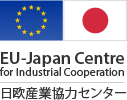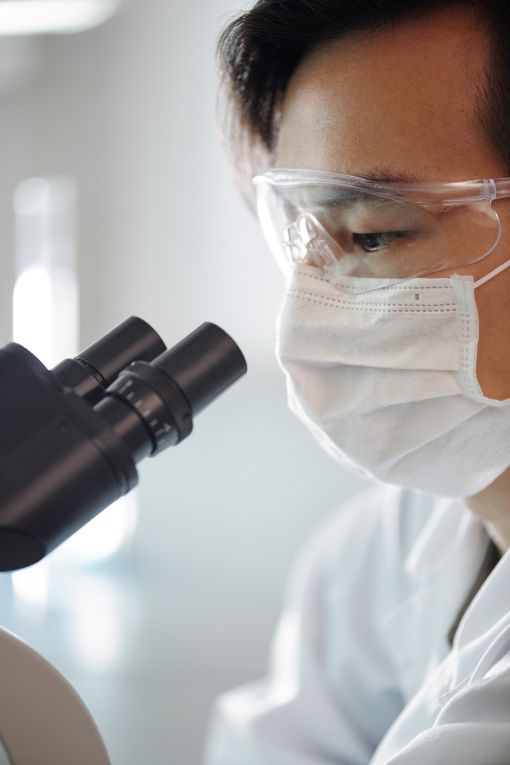The Centre quarterly newsletter, June 2025 issue, is now available.
In this issue:
Centre’s…
Report: Frozen Food Market in Japan (incl. Ice Cream)
Over time, Japan’s frozen food market is showing a growing trend. The retail sector experienced a large increase due to more home cooking. The report will provide information on recent trends and developments in the frozen food and ice cream market including possibilities for EU SMEs.





















